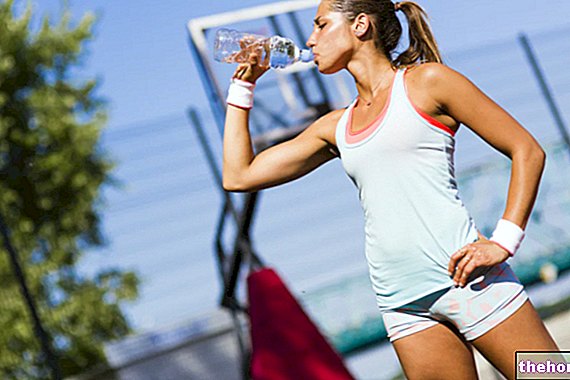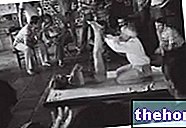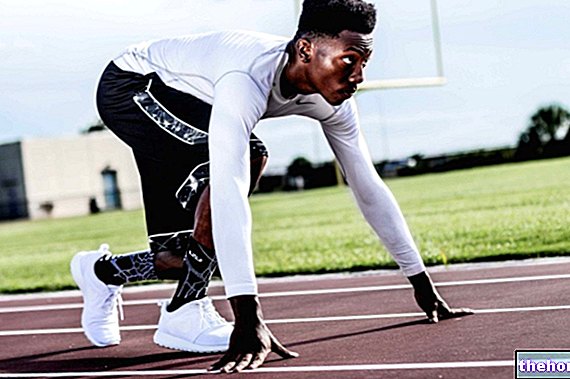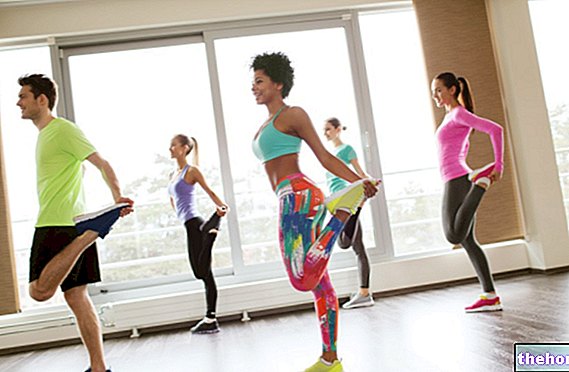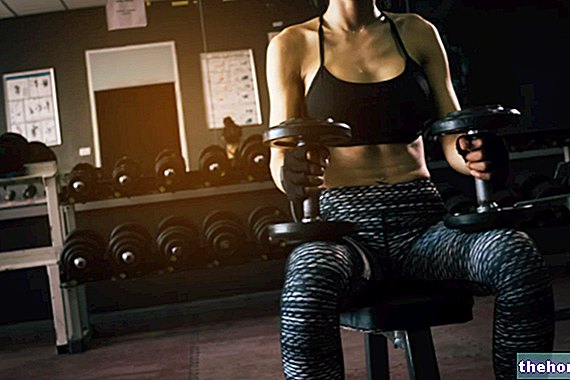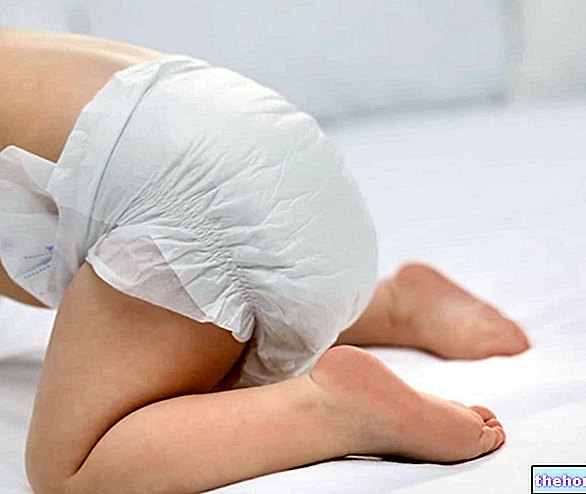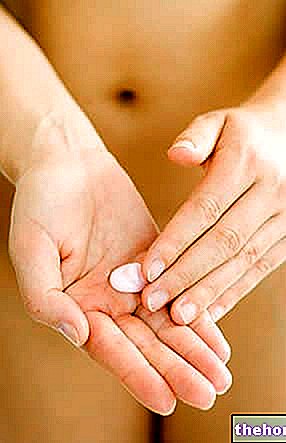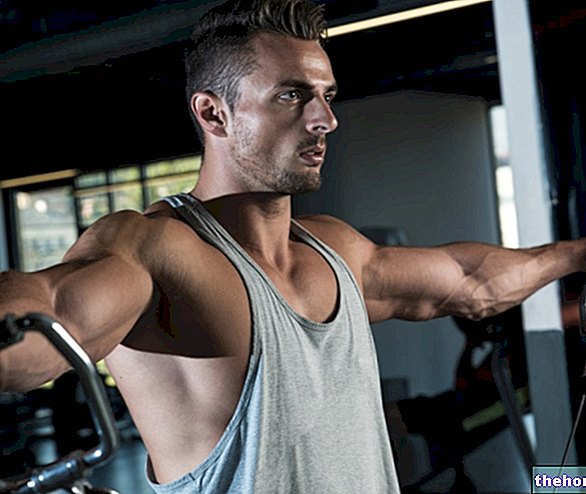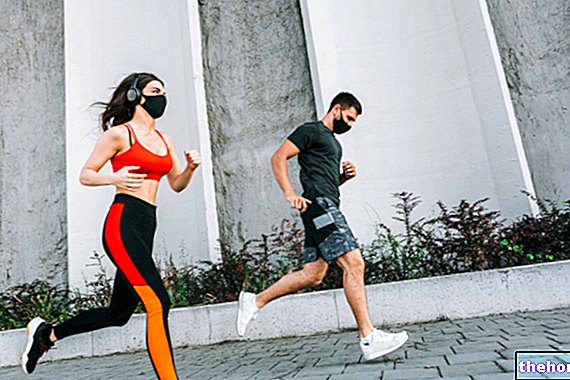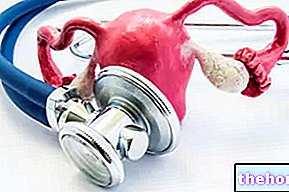Edited by Dr. Stefano Casali
Muscle cramps
Muscle cramps generally occur in any sporting activity that involves great physical effort. They can occur during or after repeated exercises in heat, cold or water. Cramps become more frequent and serious with particularly intense activity in hot and humid conditions. Athletes with sickle cell anemia may experience recurrent and severe cramps, they are more at risk of sudden death from physical activity.
Two common causes of sport-related cramps:
muscle fatigue from excess exertion;
depletion of sodium levels.
The former mostly causes less painful and more localized cramps.
Lack of salts, on the other hand, can cause more painful cramps throughout the body.
The first thing to do in case of muscle cramps is to keep the muscle affected by the cramp in lengthening (stretching). Cramps as a result of physical exertion tend to appear in the first phase of the sporting season when athletes are less fit or when they are involved in strenuous and unusual activities. An increased intake of salts can be very useful in preventing acute cramps, those that involve the whole body and recur with a certain frequency.
Dehydration
Dehydration can have very harmful side effects for the athlete, certainly impairs performance and increases the likelihood of collapse. Dehydration leads to reduced blood volume, which makes the athlete more susceptible to hypotension from standing and collapse.

Treatment of the dehydrated athlete should begin with the intake of solutions or sports drinks if vomiting is not occurring and if he has lost less than 5% of his body weight. Intravenous liquids can only be used if the athlete does not tolerate liquid solutions or if the weight loss exceeds 5%.
Other articles on "Muscle cramps and dehydration"
- Collapse and training
- Syncope
- Vasovagal syncope, neuromediate syncope, post-exercise syncope
- Collapse and Sport
- Hyponatremia
- Hypoglycemia and Hypothermia in the Athlete
- Collapse and sport: how to intervene
- Sudden Sports Death
- Sudden Sports Death: causes and prevention



